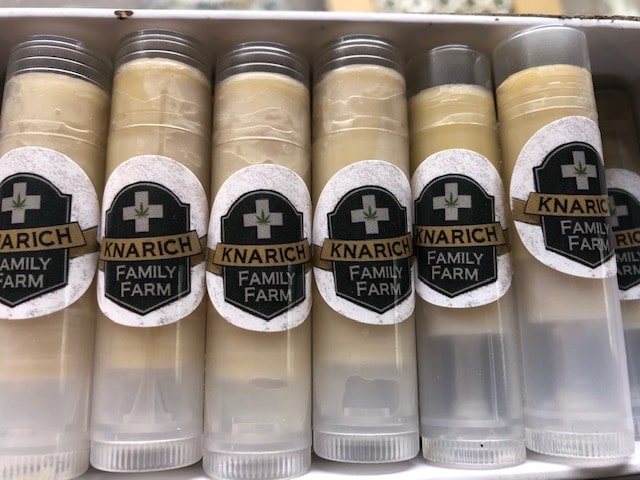
The skin is considered the largest organ of the body, with a surface of 1.5- 2m² and a weight of almost 5 Kg, it is the structure that protects us from the external environment, and it is the border between the internal and the external for this reason it is very important and vulnerable to suffer affections and alterations throughout life.
The functions of the skin are diverse, such as Thermoregulation, controlling the loss and gain of heat and water from the body; it is an essential factor in the protection against chemicals, radiation, viruses, and bacteria; it is a structure that protects the muscles and internal organs from blows, abrasions, and pressure. In addition, the skin has the capacity to regenerate and repair wounds; and through it, we can enjoy the sense of touch, and feel pressure, temperature, vibration, and pain.
We cannot forget that the skin has an important psychological impact on people’s lives since it represents the most visible structure of our body and some dermatological lesions can cause discrimination or rejection to people who suffer from it, it is also an indicator of our health and lifestyle, for this reason, it can be affected by stress and emotions and can manifest diseases such as psoriasis, atopic dermatitis, alopecia, acne. Hyperhidrosis (excessive sweating), herpes, and pruritus, among others.
When we talk about the existing treatments for various skin diseases we find many therapeutic failures and others with harmful systemic consequences for the patient’s health, so the studies have been focused on obtaining effective treatments with low side effects for the individual.
Cannabidiol (CBD) is the main non-psychoactive phytocannabinoid of the hemp Sativa plant. Its anti-inflammatory, analgesic, and immunomodulatory characteristics have awakened interest in its use in dermatological pathologies where its therapeutic efficacy has been proven.
Studies have shown that cannabinoid receptors (CB1 and CB2) are widely distributed in the skin, as well as anandamide, an endocannabinoid, thus exerting effects on skin cell growth and differentiation, in addition to this CBD and other cannabinoids are lipophilic (affinity for fats or lipids) giving this feature an easy absorption by the cellular layers of the skin, achieving easy access and penetration and thus intervene in various dermatological pathologies.
The endocannabinoid system and its endogenous and exogenous substances, including CBD, are involved in the proliferation, differentiation, and balanced survival of skin cells as well as their immune actions.
The journal Pharmacology and Experimental Therapeutics published a study where the effect of Cannabidiol (CBD) on atopic dermatitis was demonstrated in an in vitro model of allergic contact dermatitis, where CBD reduced the levels of IL-6, IL-8, and TNF-a proinflammatory molecules involved in the inflammatory response of this disease, Here it was also evidenced how the activation of the cannabinoid receptor type 2 (CB2) reduces the production of a chemotactic protein 2, adhesion protein of the human keratinocyte (skin cell), thus reducing the inflammation observed in this pathology.

CBD and the endocannabinoid system have been shown to play an important role in the control of allergic skin inflammation, suppressing the production of several cytokines, chemokines, and proinflammatory metabolites derived from arachidonic acid and nitric oxide; inhibiting cell growth and angiogenesis, inducing apoptosis (cell death) in most types of skin cells, thus protecting against skin tumors of various origins, melanoma tumors and other types of tumors.
One of the most important therapeutic effects of CBD on the skin has been demonstrated in the treatment of acne, one of the most common dermatological conditions, and one that has a great impact on the quality of life of many people.
The clinical research journal published the study conducted by Oláh and collaborators, where CBD showed to be an anti-acne agent with great potential, since it manages to reduce the exacerbated proliferation of sebocytes or sebaceous cells significantly, decreasing both in quality and quantity the uncontrolled production of lipids, It inhibits the lipogenic actions of arachidonic acid, linoleic acid, and testosterone, and finally, it has a potent anti-inflammatory action on sebocytes by reducing the expression of proinflammatory interleukins (molecules involved in tissue inflammation).
Please visit readers digest today and see amazing articles about CBD.




